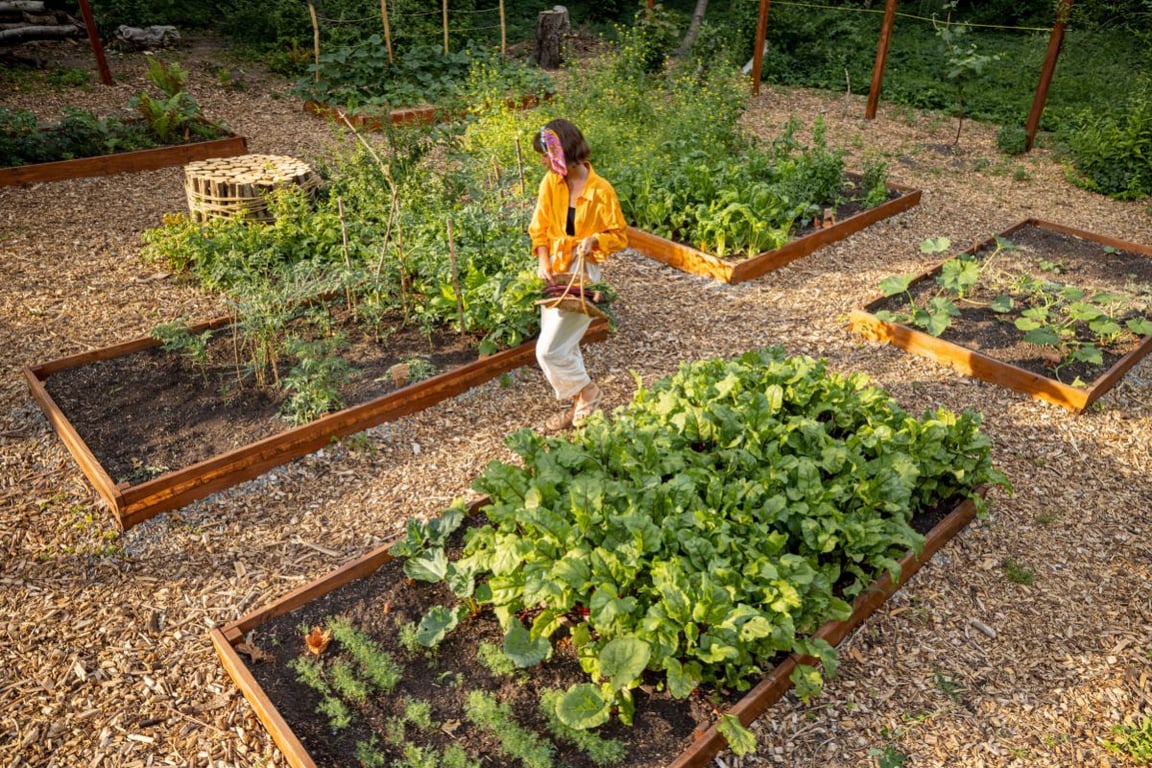




It doesn’t get much better than biting into a plump, juicy garden-fresh tomato or slicing a cool chunk from a freshly-picked cucumber.
If you’ve always been interested in starting a vegetable garden, but are too apprehensive to give it a shot, then read on. Veggie gardening can be a fun and rewarding experience provided you do your homework and properly plan before you dive into the planting process.
If you follow a few simple guidelines, when fall arrives, you will have a bountiful autumn harvest you can pick, eat, store, and share all winter long.
The New Year is a great time to start planning your summer vegetable garden. Ask yourself a few key questions before you decide what to plant:
Most U.S. states have government-run agricultural websites that offer detailed (and free) advice, guidance, and planting schedules you can use as your garden’s cheat sheet. Choose veggies that will thrive in your region during the summer months. Different climates have different humidity levels and the warm summer weather lasts much longer in some regions than it does in others.
Once you select what you want to grow, start your seeds indoors. Use rich potting soil and fertilizer and plant your seeds in small pots. Make sure to house them somewhere warm in your home with plenty of access to sunlight. The idea is to keep your plants warm, fed, and sunned until they sprout. Then, in April or May depending on your region, plant your seedlings outside.
The process of slowly transferring indoor seedlings outdoors to grow is called “hardening off” and it’s a gradual process. If you rapidly remove your seedlings from their pots and plant them in the ground exposed to the elements, they may die of shock – literally.
Instead, gradually introduce your seedlings to the outdoors little by little over the span of a week. Take them outside during the day at first, and then bring them in at night. Stretch out the time they are outdoors incrementally until they are ready to spend 24/7 exposed to the elements. That’s when it’s time to plant your seedlings in the ground.
Even one missed day of the watering can lead to the death of your vegetable garden. Once you transfer your seedlings into the ground, check them every single day for signs of wilting or droopiness. Ensure you are not over-watering your plants, and that your soil has enough nutrients to get the job done.
If you follow these simple tips for starting a summer vegetable garden, you will be harvesting your very own fresh produce in no time – and you will save money and trips to the grocery store in the process.